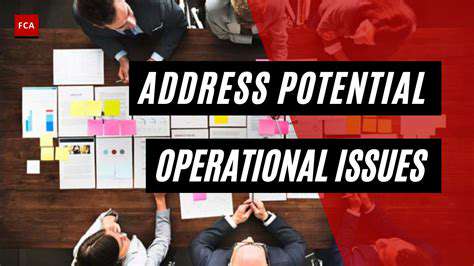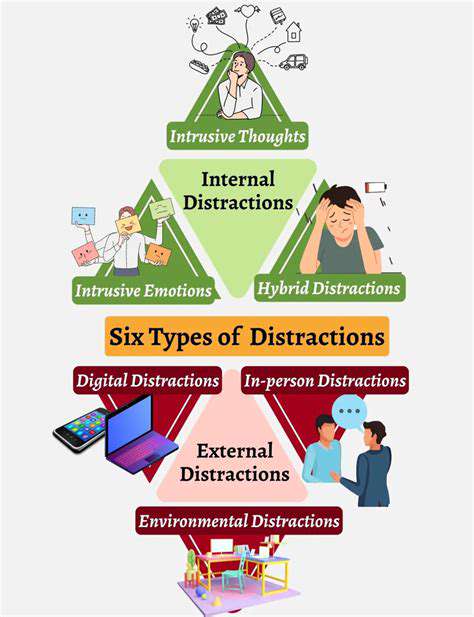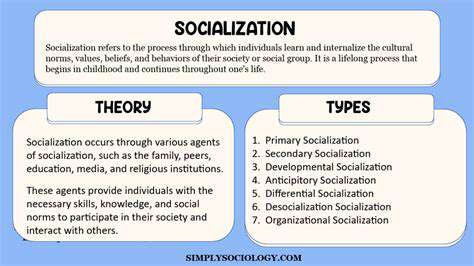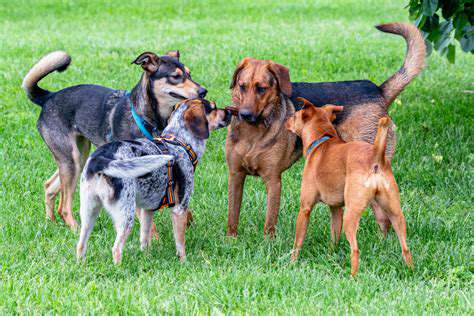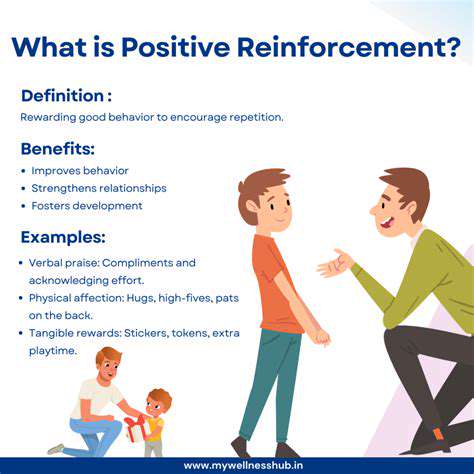Keeping Puppy Socialization Sessions Short and Positive
Early Socialization: The Critical First Steps
Puppy socialization is crucial for shaping a well-adjusted, confident dog. Early exposure to various sights, sounds, people, and other animals is vital for building a strong foundation of positive experiences. This period, typically from 8 weeks to 4 months of age, is when puppies are most receptive to learning and forming associations that will influence their behavior throughout their lives.
By introducing puppies to a variety of environments, people, and dogs in a controlled, positive manner, you can help them develop into well-rounded companions that are comfortable in diverse social settings. Consistent and positive interactions during this formative period will pay dividends in the long run.
Positive Reinforcement Techniques
Positive reinforcement is the cornerstone of effective puppy training and socialization. Instead of focusing on punishment or correction, rewarding desired behaviors with treats, praise, and affection encourages the puppy to repeat those behaviors. This method fosters a positive association with learning and interaction, creating a more cooperative and enthusiastic learner.
This approach also helps build trust and a strong bond between you and your puppy, making training and socialization more enjoyable for both of you. Understanding how to use positive reinforcement effectively will significantly impact your puppy's development.
Managing Fear and Anxiety
Puppies, like all young animals, may experience fear or anxiety in certain situations. It's important to recognize these signs and respond calmly and patiently. Avoid overwhelming the puppy and allow them time to adjust to new stimuli. Gradually introducing them to the source of their anxiety while ensuring a comfortable environment will help them overcome these fears.
Remember, every puppy is different. Some may be more resilient than others. Patience and understanding are key to helping them navigate these challenges and develop into confident, well-adjusted adults.
Controlled Encounters with Other Dogs
Introducing your puppy to other dogs should be done gradually and carefully. Supervise all interactions and ensure a positive experience for both puppies. Using a secure area, like a fenced-in yard, is important for controlled encounters. Ensure that the other dogs are also well-socialized and calm. This will help prevent aggressive or fearful reactions from either puppy.
Variety in Experiences: Beyond Canine Companions
Socialization isn't limited to other dogs. Exposing your puppy to various people, including children, adults, and people of different ages and ethnicities, is equally crucial. This helps your puppy develop a broad understanding and acceptance of human interaction. Gradually expose your puppy to different environments, such as parks, stores, and public transportation. This builds adaptability and confidence.
Addressing Potential Challenges
Even with the best intentions, challenges can arise during puppy socialization. If you notice your puppy exhibiting signs of fear or aggression, it's important to seek guidance from a professional dog trainer or veterinarian. They can offer personalized advice and support to help address any specific concerns.
Understanding your puppy's individual needs and adapting your approach based on their responses is crucial for a positive outcome. Professional guidance can be invaluable in overcoming hurdles.
Long-Term Benefits of Socialization
The benefits of proper puppy socialization extend far beyond the initial training period. A well-socialized puppy is more likely to be a happy, well-adjusted adult dog, capable of interacting positively with other dogs, people, and their environment. This translates into a more harmonious and enjoyable relationship with you and a reduced risk of behavioral problems in the future.
Investing time and effort into puppy socialization now will ensure a lifetime of positive experiences for both you and your furry friend.
Managing Expectations and Understanding Individual Needs

Setting Realistic Goals
Effective expectation management hinges on establishing realistic and achievable goals. This involves a thorough understanding of the resources available, both human and material. Analyzing past performance and identifying potential obstacles is crucial for setting goals that are not only ambitious but also attainable. Furthermore, breaking down large, complex tasks into smaller, manageable steps fosters a sense of accomplishment and prevents feelings of overwhelm.
Defining success in specific and measurable terms helps in tracking progress. For example, instead of simply aiming for increased efficiency, one might aim for a 15% reduction in processing time. Setting clear, quantified goals provides a tangible benchmark for evaluating progress and adjusting strategies as needed.
Open Communication and Feedback
Maintaining open and honest communication channels is paramount to managing expectations. Regular dialogue fosters trust and understanding between stakeholders, allowing for early identification of potential issues and proactive problem-solving. Transparent communication minimizes misunderstandings and ensures that everyone is on the same page. This includes actively soliciting feedback from team members to understand their perspectives and concerns.
Actively listening to feedback is just as important as providing it. By acknowledging and addressing concerns, you demonstrate respect and create a supportive environment where individuals feel heard and valued. This process encourages constructive dialogue and fosters a collaborative work environment.
Defining Roles and Responsibilities
Clearly defining roles and responsibilities is crucial for avoiding confusion and ensuring everyone understands their individual contributions to the overall project or goal. This clarity fosters a sense of ownership and accountability. By establishing precise expectations for each role, individuals can focus their efforts effectively, leading to greater efficiency and productivity.
This process also prevents overlap and duplication of efforts, which can be extremely detrimental to project timelines. Documentation of roles and responsibilities should be readily available and easily accessible to all involved. This ensures everyone is working towards a shared vision.
Proactive Problem Solving
Anticipating and addressing potential challenges proactively is essential for managing expectations successfully. This involves identifying potential roadblocks and developing contingency plans before they disrupt progress. Proactive problem-solving demonstrates a commitment to success and instills confidence in the team.
By anticipating potential obstacles, you can allocate resources and adjust strategies in advance, minimizing the impact of unforeseen circumstances. This proactive approach also fosters a more resilient and adaptable team.
Regular Progress Updates
Regular progress updates help to keep stakeholders informed and aligned with expectations. This transparency fosters trust and allows for early identification of any deviations from the planned trajectory. Sharing progress updates, whether through meetings, reports, or other communication channels, keeps everyone informed and allows for timely course corrections.
Regular communication also allows for adjustments to be made to expectations as needed. If progress is slower than anticipated, adjustments can be made to timelines or resource allocation, preventing significant setbacks later on. Open communication about progress updates is key.
Adaptability and Flexibility
Managing expectations effectively requires adaptability and flexibility. Circumstances often change, and plans need to be adjusted accordingly. The ability to adapt to changing circumstances is crucial for success. Recognizing when adjustments are necessary and being willing to make them is essential for maintaining momentum.
Embracing change and adapting to new information demonstrates a commitment to achieving the desired outcome. A flexible approach to managing expectations fosters a positive and productive work environment.

Read more about Keeping Puppy Socialization Sessions Short and Positive
Hot Recommendations
- The Impact of Early Socialization on a Dog's Interaction with Other Animals
- Car Travel and Puppy Socialization: Making the Journey a Positive Experience
- The Importance of Early Environmental Exposure for Puppy Development
- Taking Your Puppy to the Vet: Positive Socialization Strategies
- Making Training a Positive Experience for Your Puppy
- Public Transportation and Puppy Socialization: A Step by Step Guide
- Safe Socialization: Allowing Others to Pet Your Puppy
- Helping a Puppy Who Struggles with "Stay"
- Positive Puppy Interactions: Making Meetings with New Friends Fun
- No Treats Needed? Training Basic Commands with Verbal Praise
